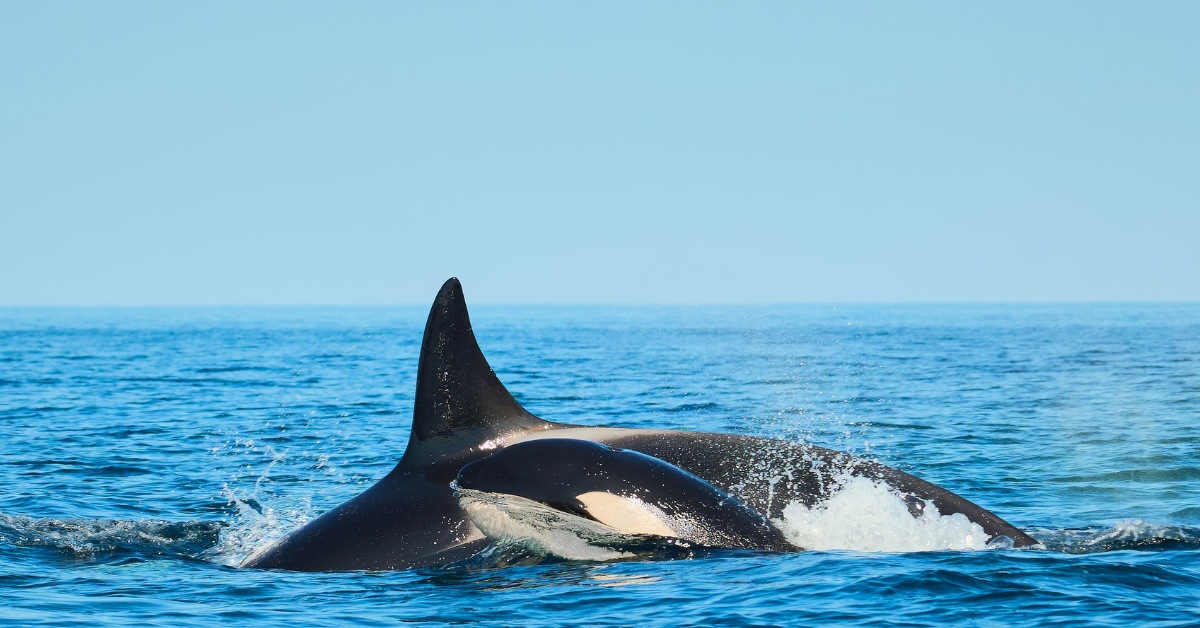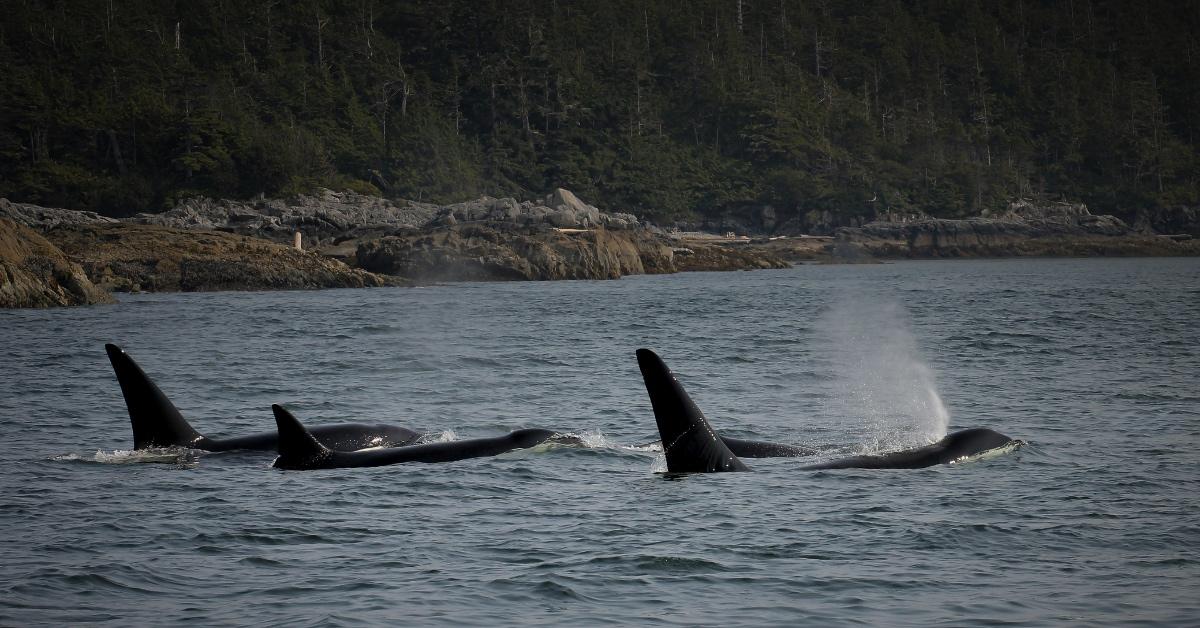Mourning Killer Whale Who Captured Hearts by Carrying Her Dead Calf Loses Another Baby
This is so heartbreaking to see again.
Published Jan. 3 2025, 12:25 p.m. ET

The grieving mother who captured hearts back in 2018 after spending more than two weeks carrying the body of her dead infant is once again in mourning. The orca was spotted carrying the body of another newborn calf just days after researchers believe that she gave birth to a new baby girl.
Casual observers and experts are sharing their sorrow for the orca and grieving the loss right alongside the bereaved new mom.
You can continue reading to learn more about Tahlequah, the killer whale carrying her dead baby, including what experts believe is behind the loss of her second calf.

Killer whale J35, known as Tahlequah, grieves another dead calf.
On Dec. 20, 2024, those who knew the story of Tahlequah, the killer whale, cheered after the orca had birthed a new baby.
That happiness quickly turned to despair for both Tahlequah and her fans when the National Oceanic and Atmospheric Administration (NOAA) took a second look at photos captured of the whale on Jan. 1, 2025, which NBC News says showed Tahlequah carrying the body of her deceased calf on her head.
"We were able to confirm J31 had lost the calf and she was pushing it around on her head," NOAA's research scientist Brad Hanson explained during a news conference the following day.
While he shared that Tahlequah did appear to swim without the calf for stretches at a time, he said that he believes that she was diving back down to retrieve her daughter's body so that she could continue her period of mourning.
According to NBC News, SeaDoc Society's science director reiterated that animals can mourn and that whales and humans may experience similar emotions.
"We have the same neurotransmitters that they have. We have the same hormones that they have," Joe Gaydos explained."Why shouldn’t we also have the same emotions that they have? We don’t have the market cornered on emotions. And so I think it’s fair to say that she is grieving or mourning."

In 2018, Tahlequah pushed the body of her dead newborn for 17 days.
Sadly, this isn't the first time Tahlequah's grief has been publicly displayed. In 2018, the orca captivated the world as she swam with her deceased newborn calf on her head for 17 days. According to the Guardian, Tahlequah pushed the calf as she swam around the Salish Sea.
CBS News says that grieving mothers carrying their dead calves isn't an uncommon practice. Instead, it's the length of time that Tahlequah grieved that made researchers sit up and take notice.
"It's interesting that it's the same whale doing this behavior again; it does seem to suggest that there's something about her as an individual that makes this behavior more prominent," research director with the Center for Whale Research Dr. Michael Weiss, told CBS News. "We don't know what that would be."
How did Tahlequah's orca calf die?
Tahlequah's baby, known as J61, was believed to have been born prematurely, according to CBS News. Unfortunately, premature death is a common occurrence with killer whales, and only around 30% of orca pregnancies end in a live birth with a calf that lives beyond those first few weeks.
While J61's exact cause of death isn't known, it seems like she met the same fate as so many other orca calves.
Hopefully, the renewed attention on Tahlequah's calves will help researchers learn a little bit more about what causes such low birth rates among these majestic creatures so that they can find out a way to help Tahlequah and others like her.